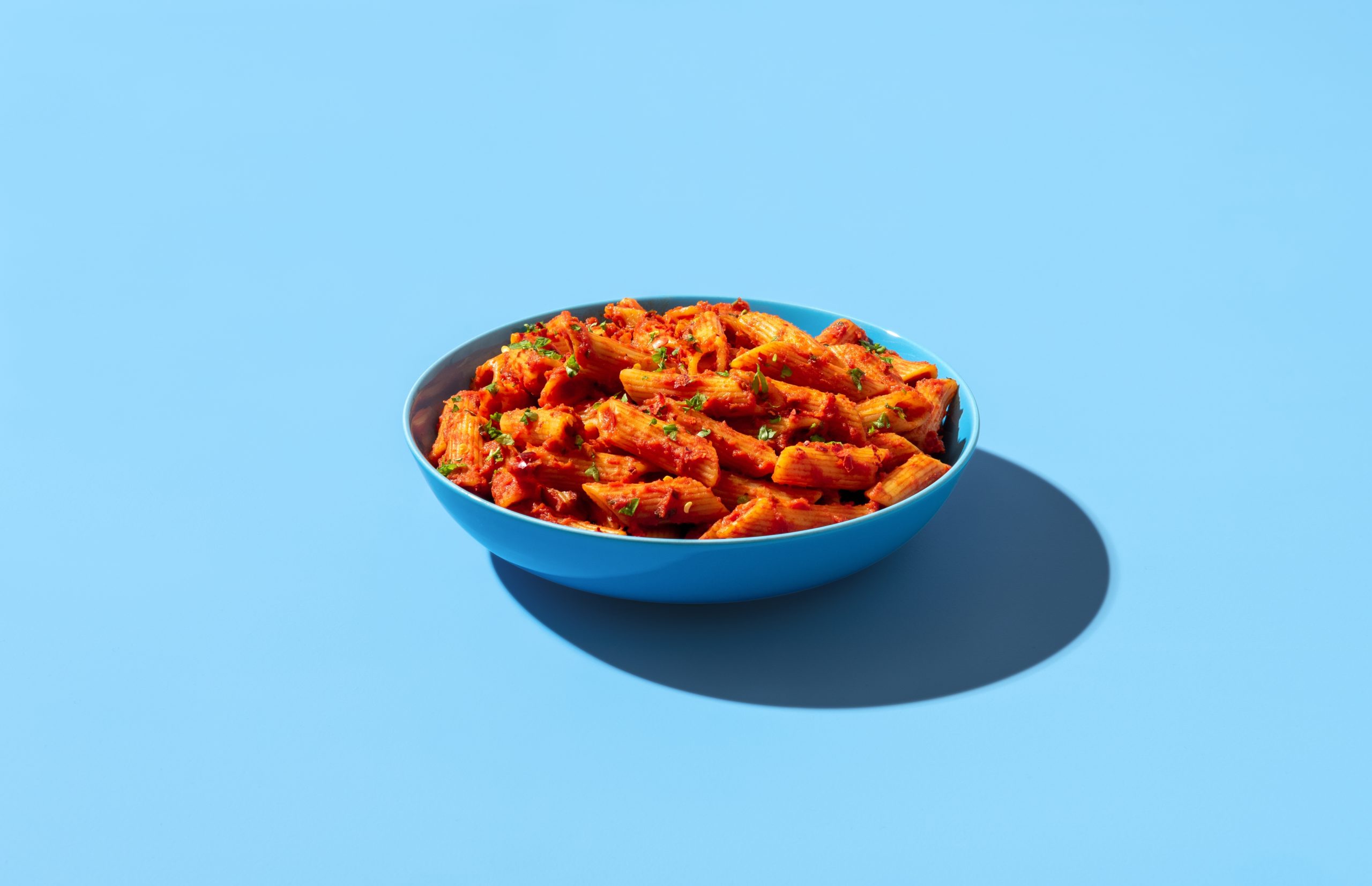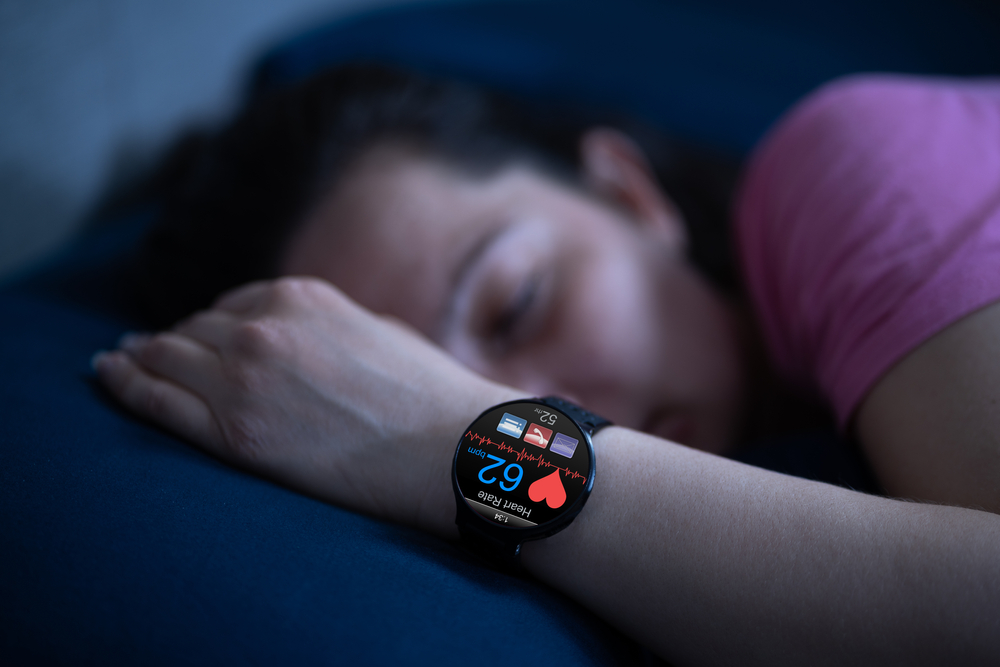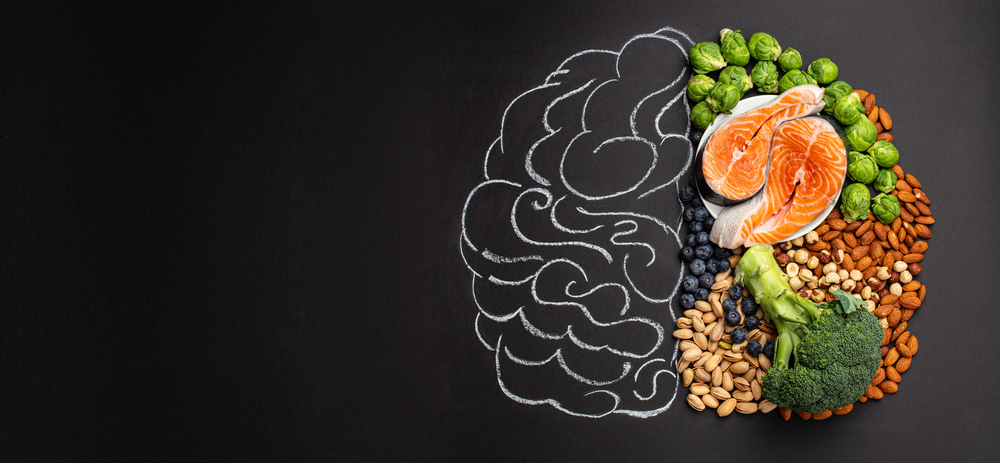Eating a whole apple takes much longer than eating a serving of apple sauce made from a single apple. The difference in the food’s texture is the reason. PhD candidate with the Sensory Science and Eating Behaviour and Food Quality and Design groups, Lise Heuven, studies how this works and how the eating rate can be influenced. She recently published her first paper.
The eating rate is considered an important factor in food and energy intake. The eating rate is, to a large part, determined by the texture of the food. A soft snack is easily swallowed, while a chewy snack will take longer. During and after eating, your brain and stomach emit signals to indicate how full you are. The slower you eat, the more time there is for the brain and stomach to signal that you are full, and thus, the sooner you will feel sated and thus stop eating. Hence, eating slowly will reduce your energy intake compared to eating fast.
Sauce
Heuven: ‘In this study, we analysed the effect of the hardness of different components of a pasta meal and of the addition of a sauce. On the eating rate.’ Subjects were given different meals with pasta and carrots, cooked to different levels of softness, and served with or without sauce in a variety of combinations. The research team then analysed how the eating rate was affected by each combination.
This is the first time a study on eating rate shows that the eating rate of individual components cumulatively determined the eating rate of the composite dish. Heuven: ‘The composite eating rate was previously thought to be determined by the individual component with the slowest eating rate. That now appears to be false. Individual chunks of hard carrots are consumed more slowly than a composite pasta dish with hard carrots and soft penne. Moreover, adding sauce increases the eating rate by about thirty per cent, regardless of whether the dish consists of carrots or penne.’
Adding sauce increases the eating rate by about thirty per cent
Lise Heuven, PhD-candidate with the Sensory Science and Eating Behaviour and Food Quality and Design groups
‘If you want to prepare a dish with specific eating rates, you need to consider all of the ingredients’, Van Heuven clarifies. ‘We aim to ultimately conduct an extensive study on the effect eating rate has on energy intake over a two-week period. In this preparatory study, we wanted to test how we can make meals that are eaten slowly or fast.’
Application
‘With the knowledge we gain, we can manipulate meals for particular target groups’, Van Heuven says. For people with excess weight, their energy intake can be lowered by lowering their eating rate. In contrast, for elderly people or young children who don’t want to eat vegetables, increasing the eating rate may be helpful, for example, through the food’s texture. For these groups, a meal made entirely of soft components (high eating rate) is more suitable because it increases their nutrition intake.

 Image: Shutterstock
Image: Shutterstock 

